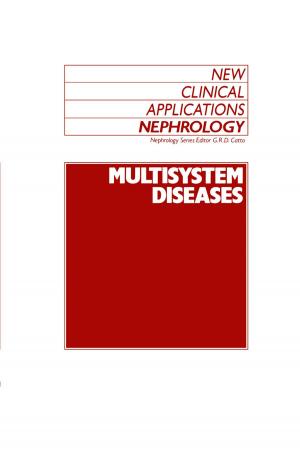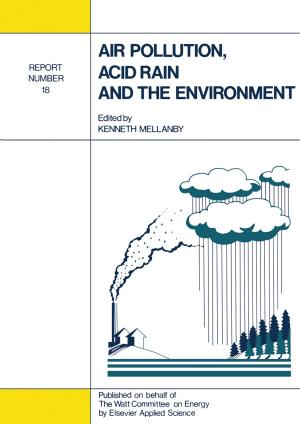High Pressure Bioscience
Basic Concepts, Applications and Frontiers
Nonfiction, Science & Nature, Science, Biological Sciences, Biophysics, Chemistry, Physical & Theoretical, Health & Well Being, Medical| Author: | ISBN: | 9789401799188 | |
| Publisher: | Springer Netherlands | Publication: | July 14, 2015 |
| Imprint: | Springer | Language: | English |
| Author: | |
| ISBN: | 9789401799188 |
| Publisher: | Springer Netherlands |
| Publication: | July 14, 2015 |
| Imprint: | Springer |
| Language: | English |
This volume covers both the basic concepts and theory of bio-macromolecules under pressure and the various frontiers in high-pressure bioscience and biotechnology. A century has passed since Bridgman discovered the irreversible coagulation of egg white by applying pressure at 700 atmospheres in 1914. Today we are able to monitor pressure-dependent changes in protein structure as a reversible process even at atomic scale with modern spectroscopic techniques. We can study the fluctuating reality of protein structures as designed by nature, which is the basis for all dynamism of life on earth. We are currently facing a new era of high-pressure bioscience, in which pressure is no longer an “odd” or “foreign” variable to life, but rather an integrated part of it. Pressure is used as a crucial variable for disclosing the secrets of nature and as a powerful new tool for enhancing certain reactions in bio-macromolecules and even in living cells for our practical and industrial needs. A dramatic advancement of high-pressure bioscience both in the basic and the applied sciences is thus anticipated in near future, for whichsharing the current advanced knowledge on structure and dynamics of bio-macromolecules under pressure among researchers in both fields is crucial.
This book serves as a valuable resource not only for those working directly in a pressure-related field, but also for those working in many other fields of the biosciences. Particularly, the basic part of it is intended to serve as a classical text book on high-pressure bioscience to a wide audience including students and researchers in both basic and applied fields in years to come. Readers can focus on topics of immediate interest first, but may wish to go over other chapters if interest arises in a later occasion.
This volume covers both the basic concepts and theory of bio-macromolecules under pressure and the various frontiers in high-pressure bioscience and biotechnology. A century has passed since Bridgman discovered the irreversible coagulation of egg white by applying pressure at 700 atmospheres in 1914. Today we are able to monitor pressure-dependent changes in protein structure as a reversible process even at atomic scale with modern spectroscopic techniques. We can study the fluctuating reality of protein structures as designed by nature, which is the basis for all dynamism of life on earth. We are currently facing a new era of high-pressure bioscience, in which pressure is no longer an “odd” or “foreign” variable to life, but rather an integrated part of it. Pressure is used as a crucial variable for disclosing the secrets of nature and as a powerful new tool for enhancing certain reactions in bio-macromolecules and even in living cells for our practical and industrial needs. A dramatic advancement of high-pressure bioscience both in the basic and the applied sciences is thus anticipated in near future, for whichsharing the current advanced knowledge on structure and dynamics of bio-macromolecules under pressure among researchers in both fields is crucial.
This book serves as a valuable resource not only for those working directly in a pressure-related field, but also for those working in many other fields of the biosciences. Particularly, the basic part of it is intended to serve as a classical text book on high-pressure bioscience to a wide audience including students and researchers in both basic and applied fields in years to come. Readers can focus on topics of immediate interest first, but may wish to go over other chapters if interest arises in a later occasion.















